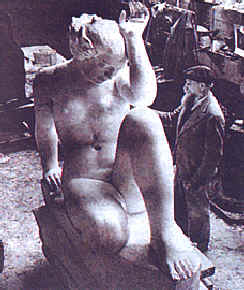-- As far as we can discern, the sole purpose of human existence is to kindle a light in the darkness of mere being.
-- One looks back with appreciation to the brilliant teachers, but with gratitude to those who touched our human feelings. The curriculum is so much necessary raw material, but warmth is the vital element for the growing plant and for the soul of the child.
-- Show me a sane man and I will cure him for you.
-- The creation of something new is not accomplished by the intellect but by the play instinct acting from inner necessity. The creative mind plays with the objects it loves.
-- The meeting of two personalities is like the contact of two chemical substances: if there is any reaction, both are transformed.
-- There is no coming to consciousness without pain.
-- We are born at a given moment, in a given place and, like vintage years of wine, we have the qualities of the year and of the season of which we are born. Astrology does not lay claim to anything more.
-- Shrinking away from death is something unhealthy and abnormal which robs the second half of life of its purpose.
-- We should not pretend to understand the world only by the intellect. The judgement of the intellect is only part of the truth.
-- Without this playing with fantasy no creative work has ever yet come to birth. The debt we owe to the play of the imagination is incalculable.
-- Your vision will become clear only when you can look into your own heart. Who looks outside, dreams; who looks inside, awakes.









































